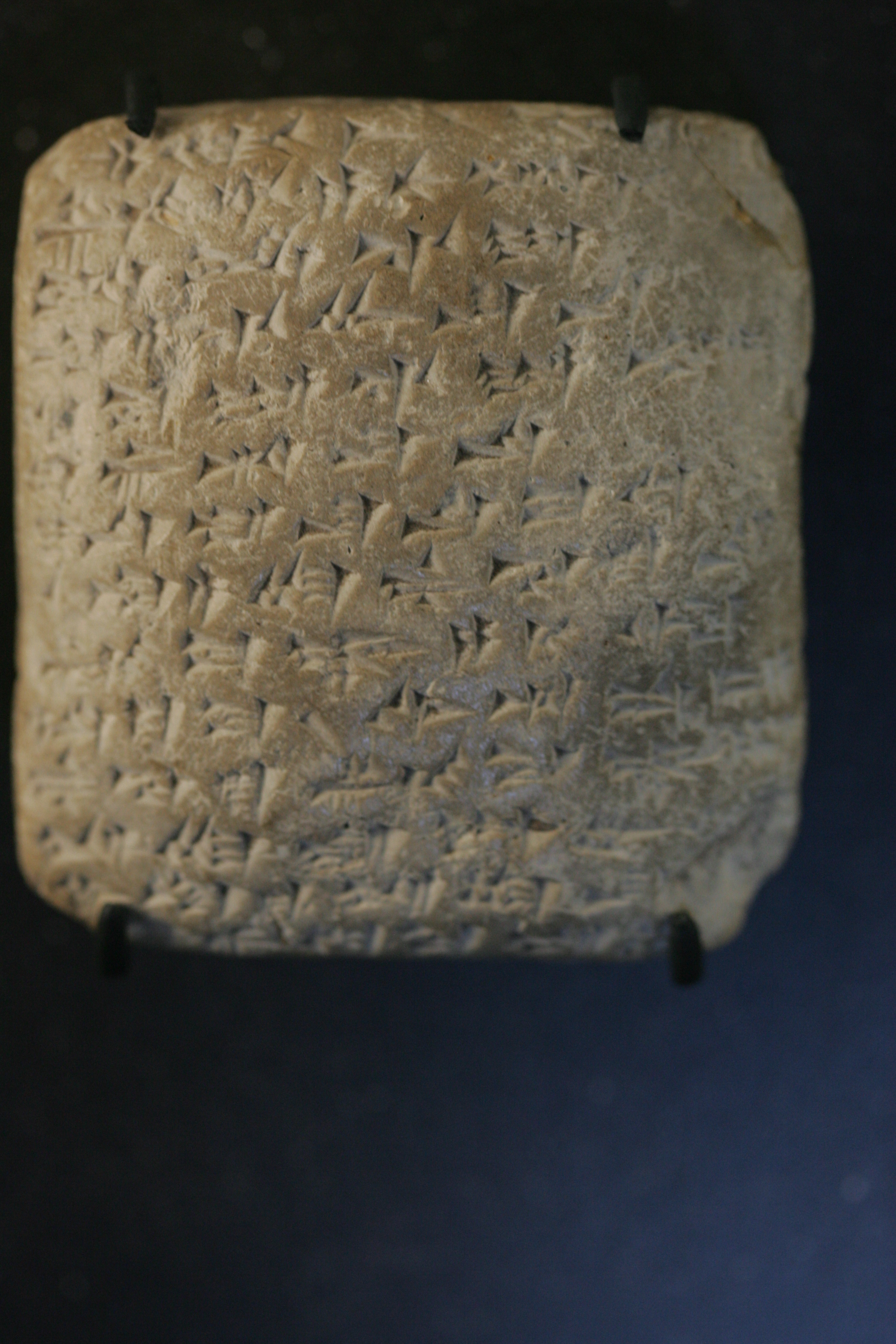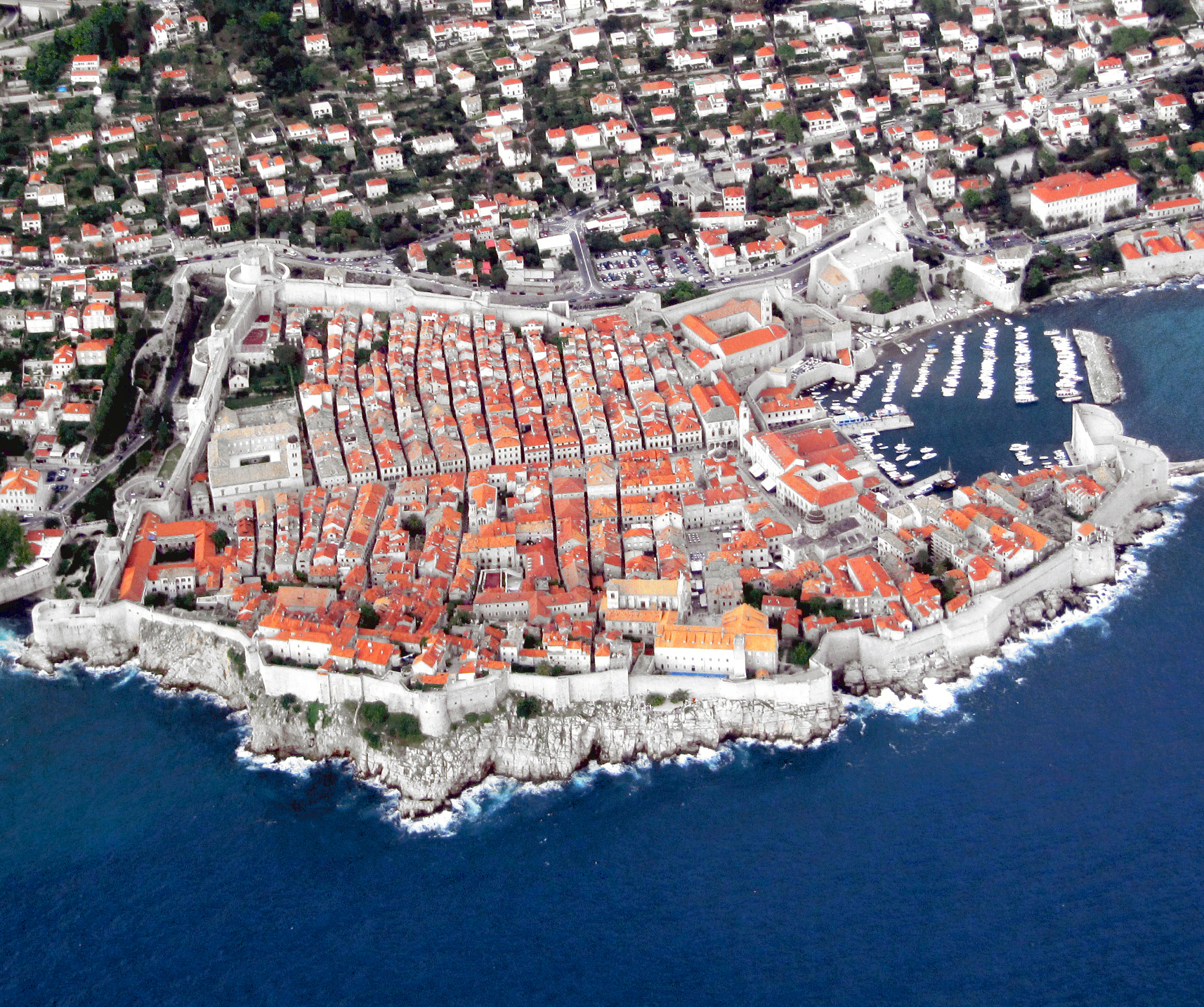|
MÁ (boat Sumerogram)
The cuneiform sign MÁ denotes a ship or boat. It is used in Sumerian and as a Sumerogram for the Akkadian word ''eleppu'' (also 'ship'/'boat'). MÁ is usually preceded by the determinative for items made of wood, namely GIŠ: GIŠ.MÁ, or GIŠ.MÁ, . Examples The ''Epic of Gilgamesh'' lists sixteen wood-related words written with the GIŠ determinative, among them GIŠ.MÁ/''eleppu''. The epic also uses the 'ship'/'boat' Sumerogram in Tablet XI (the Gilgamesh flood myth), and elsewhere when Gilgamesh is taken by boat. Some of the Amarna letters using the Sumerogram are EA 86, EA 153, EA 149, EA 245, and EA 364. See also *Amarna letter EA 86 *Amarna letter EA 153 *Amarna letter EA 245 References Bibliography * (Volume 1) in the original Akkadian cuneiform and transliteration; commentary and glossary are in English External links *Amarna letter EA 153-(Obverse), line 10 (7th line from bottom* Amarna letter EA 245 Amarna letter EA 245, titled: ''"Assi ... [...More Info...] [...Related Items...] OR: [Wikipedia] [Google] [Baidu] |
B201ellst
B, or b, is the second letter of the Latin alphabet, used in the modern English alphabet, the alphabets of other western European languages and others worldwide. Its name in English is ''bee'' (pronounced ), plural ''bees''. It represents the voiced bilabial stop in many languages, including English. In some other languages, it is used to represent other bilabial consonants. History The Roman derived from the Greek capital beta via its Etruscan and Cumaean variants. The Greek letter was an adaptation of the Phoenician letter bēt . The Egyptian hieroglyph for the consonant /b/ had been an image of a foot and calf , but bēt (Phoenician for "house") was a modified form of a Proto-Sinaitic glyph adapted from the separate hieroglyph Pr meaning "house". The Hebrew letter bet is a separate development of the Phoenician letter. By Byzantine times, the Greek letter came to be pronounced /v/, so that it is known in modern Greek as ''víta'' (still written ). The C ... [...More Info...] [...Related Items...] OR: [Wikipedia] [Google] [Baidu] |
Amarna Letter EA 364
Amarna letter EA 364, titled ''Justified War,'' is a clay tablet letter from Ayyab, ruler of Aštartu, to Pharaoh Akhenaten (1350s–1330s BC). It is one of the Amarna letters, 382 in total, dating from Amarna letters#Chronology, c. 1360 – c. 1332 BC. The initial Text corpus, corpus of letters were found at the city of Akhetaten, Amarna, founded by Akhenaten, in the floor of the Bureau of Correspondence of Pharaoh. The letter is a reply to the pharaoh referring to a letter from the pharaoh's messenger Tahmassi. In it, Ayyab, ''governing-man'' (often—("who/which"-(ša (cuneiform), ša))-"LÚ (man Sumerogram), man, URU (city Sumerogram), city")-Ashteroth Karnaim, Aštartu, who is in control of one of the city-states in Canaan, is stating his commitment to guarding the city (and the region), after three cities in the region were taken in attacks by Habiru raiders. The tablet measures about 4 in x 2.3 in and is in relatively pristine condition. Because of its narrowness, each l ... [...More Info...] [...Related Items...] OR: [Wikipedia] [Google] [Baidu] |
Amarna Letter EA 30
Amarna (; ) is an extensive ancient Egyptian archaeological site containing the ruins of Akhetaten, the capital city during the late Eighteenth Dynasty. The city was established in 1346 BC, built at the direction of the Pharaoh Akhenaten, and abandoned shortly after his death in 1332 BC. The site is on the east bank of the Nile River, in what today is the Egyptian province of Minya. It is about south of the city of al-Minya, south of the Egyptian capital, Cairo, and north of Luxor (site of the previous capital, Thebes). The city of Deir Mawas lies directly to its west. On the east side of Amarna there are several modern villages, the chief of which are l-Till in the north and el-Hagg Qandil in the south. Activity in the region flourished from the Amarna Period until the later Roman era. Name The name ''Amarna'' comes from the Beni Amran tribe that lived in the region and founded a few settlements. The ancient Egyptian name means " the horizon of the Aten".David (1998), ... [...More Info...] [...Related Items...] OR: [Wikipedia] [Google] [Baidu] |
B839 (Old Assyrian And Hittite A)
Hell's Glen is a glen in Argyll and Bute, Scotland, within the Arrochar Alps. The B839 single-track road passes through the glen. To the west, the glen leads to Loch Fyne and to the east Lochgoilhead. Glen Mhor (B828) joins the glen about half way along and leeds to Glen Croe at the Rest & be Thankful viewpoint. The glen is named from its name in Gaelic, ''Glen Iarainn''. This means "the Iron Glen" but sounds like the nearby ''Glen Ifhrinn'' which means "the Glen of Hell." The glen is also known as ''An Gleann Beag'', "the small glen", in Scottish Gaelic. The glen is within the Argyll Forest Park that is itself within the Loch Lomond and The Trossachs National Park Loch Lomond and The Trossachs National Park () is a national park in Scotland centred on Loch Lomond and the hills and glens of the Trossachs, along with several other ranges of hills. It was the first of the national parks of Scotland, two nati .... Mountains Mountains around the glen are: * Ben Donich ... [...More Info...] [...Related Items...] OR: [Wikipedia] [Google] [Baidu] |
B110ellst
B11, B.XI or B-11 may refer to: Transportation * B11 (New York City bus) serving Brooklyn * Bundesstraße 11, federal highway in Germany Vehicles * HMS B11, HMS ''B11'', a B-class submarine of the British Royal Navy * Bavarian B XI, an 1895 German steam locomotive model * Bensen B-11, a Bensen Aircraft model * Douglas YOA-5, Douglas YB-11, a bomber designed for the United States Army Air Corps * Nissan B11, a version of the Nissan Sunny * Volvo B11R, a coach bus chassis manufactured by Volvo since 2011 Other uses * B-11 recoilless rifle, a Soviet 107 mm weapon * Gareth Bale, a professional footballer from Wales * Boron-11 (B-11 or 11B), an isotope of boron * Caro-Kann Defence, Encyclopaedia of Chess Openings code B11 See also * * * * * *11B (other) *B1 (other) *BII (other) *BLL (other) *BXI (other) {{Letter-Number Combination Disambiguation ... [...More Info...] [...Related Items...] OR: [Wikipedia] [Google] [Baidu] |
Canaan
CanaanThe current scholarly edition of the Septuagint, Greek Old Testament spells the word without any accents, cf. Septuaginta : id est Vetus Testamentum graece iuxta LXX interprets. 2. ed. / recogn. et emendavit Robert Hanhart. Stuttgart : Dt. Bibelges., 2006 . However, in modern Greek, the accentuation is , while the Novum Testamentum Graece, current (28th) scholarly edition of the New Testament has . was an Ancient Semitic-speaking peoples, ancient Semitic-speaking civilization and region of the Southern Levant during the late 2nd millennium BC. Canaan had significant geopolitical importance in the Late Bronze Age Amarna Period (14th century BC) as the area where the sphere of influence, spheres of interest of the Egyptian Empire, Egyptian, Hittites, Hittite, Mitanni, and Assyrian Empires converged or overlapped. Much of present-day knowledge about Canaan stems from Excavation (archaeology), archaeological excavation in this area at sites such as Tel Hazor, Tel Megiddo, ... [...More Info...] [...Related Items...] OR: [Wikipedia] [Google] [Baidu] |
City-state
A city-state is an independent sovereign city which serves as the center of political, economic, and cultural life over its contiguous territory. They have existed in many parts of the world throughout history, including cities such as Rome, Carthage, Athens and Sparta and the Italian city-states during the Middle Ages and Renaissance, such as Florence, Venice, Genoa and Milan. With the rise of nation states worldwide, there remains some disagreement on the number of modern city-states that still exist; Singapore, Monaco and Vatican City are the candidates most commonly discussed. Out of these, Singapore is the largest and most populous, and is generally considered to be the last real city-state left in the world, with full sovereignty, international borders, its own currency, a robust military, and substantial international influence in its own right. ''The Economist'' refers to it as the "world's only fully functioning city-state". Several non-sovereign cities enjoy a ... [...More Info...] [...Related Items...] OR: [Wikipedia] [Google] [Baidu] |
B018 (Old Babylonian Arad-v2)
B, or b, is the second letter of the Latin alphabet, used in the modern English alphabet, the alphabets of other western European languages and others worldwide. Its name in English is ''bee'' (pronounced ), plural ''bees''. It represents the voiced bilabial stop in many languages, including English. In some other languages, it is used to represent other bilabial consonants. History The Roman derived from the Greek capital beta via its Etruscan and Cumaean variants. The Greek letter was an adaptation of the Phoenician letter bēt . The Egyptian hieroglyph for the consonant /b/ had been an image of a foot and calf , but bēt (Phoenician for "house") was a modified form of a Proto-Sinaitic glyph adapted from the separate hieroglyph Pr meaning "house". The Hebrew letter bet is a separate development of the Phoenician letter. By Byzantine times, the Greek letter came to be pronounced /v/, so that it is known in modern Greek as ''víta'' (still written ). The C ... [...More Info...] [...Related Items...] OR: [Wikipedia] [Google] [Baidu] |
Archers (Egyptian Pitati)
Archery is the sport, practice, or skill of using a bow to shoot arrows.Paterson ''Encyclopaedia of Archery'' p. 17 The word comes from the Latin ''arcus'', meaning bow. Historically, archery has been used for hunting and combat. In modern times, it is mainly a competitive sport and recreational activity. A person who practices archery is typically called an archer, bowman, or toxophilite. History Origins and ancient archery The oldest known evidence of arrows (not found with surviving bows) comes from South African sites such as Sibudu Cave, where the remains of bone and stone arrowheads have been found dating approximately 72,000 to 60,000 years ago.Backwell L, d'Errico F, Wadley L.(2008). Middle Stone Age bone tools from the Howiesons Poort layers, Sibudu Cave, South Africa. Journal of Archaeological Science, 35:1566–1580. Backwell L, Bradfield J, Carlson KJ, Jashashvili T, Wadley L, d'Errico F.(2018). The antiquity of bow-and-arrow technology: evidence from Middle S ... [...More Info...] [...Related Items...] OR: [Wikipedia] [Google] [Baidu] |
Scribe
A scribe is a person who serves as a professional copyist, especially one who made copies of manuscripts before the invention of Printing press, automatic printing. The work of scribes can involve copying manuscripts and other texts as well as secretarial and administrative duties such as the taking of dictation and keeping of business, judicial, and historical records for kings, nobility, nobles, temples, and City, cities. The profession of scribe first appears in Mesopotamia. Scribes contributed in fundamental ways to ancient and medieval cultures, including Ancient Egyptian literature, Egypt, Chinese culture#Calligraphy, China, Sanskrit#Writing system, India, Persian literature, Persia, the Roman Empire#Literacy, books, and education, Roman Empire, and Illuminated manuscript, medieval Europe. #Judaism, Judaism, Buddhism, and Islamic manuscripts, Islam have important scribal traditions. Scribes have been essential in these cultures for the preservation of legal codes, religiou ... [...More Info...] [...Related Items...] OR: [Wikipedia] [Google] [Baidu] |





